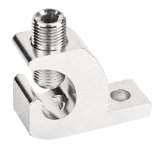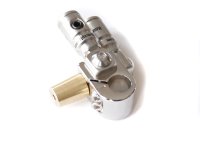ntsqd
heratic car camper
I've spent way more time at work chasing down EMI/RFI gremlins than I've ever wanted to. Reducing and eliminating it is a black art, don't let an EE tell you different. There is some science to it, but there are no hard and fast rules. What works for one situation doesn't always work for any others.
Just because Ford did it one way doesn't mean that their way will always work. Change one simple thing, intentionally or not, and you've changed the situation enough that the previous approach may or may not continue to work. My approach has yet to fail me or any situation that I've applied it to. I choose not to invite trouble, it finds me well enough on it's own.
Just because Ford did it one way doesn't mean that their way will always work. Change one simple thing, intentionally or not, and you've changed the situation enough that the previous approach may or may not continue to work. My approach has yet to fail me or any situation that I've applied it to. I choose not to invite trouble, it finds me well enough on it's own.




























